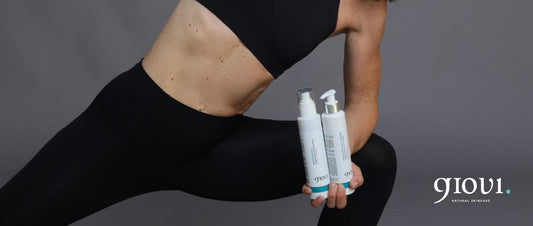The 4 stages of cellulite
The cellulite must be combated, because it is not just a blemish, but a subcutaneous alteration characterized by hypertrophy of the fat cells. If it gets worse or if it is already advanced, the need for intervention increases: not only for your aesthetics, but also for your health.
Let's see the 4 stages:
MILD FAIRY OR EDEMATOUS CELLULITE
We are therefore talking about a mild cellulite. It is more commonly defined as "WATER RETENTION" as it is characterized by a stagnation of liquids in the tissuesdue to a slight alteration of the microcirculation. If it is not particularly advanced, you will only be able to see the orange peel effect if you pinch the skin.
FIBROUS CELLULITE ALSO KNOWN MASTY
In this case your skin is visibly orange peel. it is characterized by a significant increase in extracellular fluids, stagnation of toxins, pain to the touch and a dull color of the skin
Although the situation is no longer like that of edematous cellulite, we are still in a reversible stage, but action must be taken.
CELLULITE SCLEROTICA MOLLE
We are in one of the greatest forms of cellulite. Your skin is stiff and, in the subcutaneous part, you have strong water retention and the slowed microcirculation causes poor oxygenation of the tissue.
The skin appears pitted while the microcirculation works less and less: the adipocytes - i.e. the cells of the adipose tissue - are already enlarged and are "caged" by the hardened collagen fibres, preventing the physiological process of tissue oxygenation .
Cellulite that reaches this stage can still be treated but it is not certain that it can be eliminated completely: for this reason it is essential to "catch" it in time and treat it during the first and second stages.
CELLULITE SCLEROTICA:
The sclerotized cellulite is irreversible. There begins to be a lot of pain to the touch as the cellulite can be felt with the bare hand by palpation. You can also find signs of cellulite in the calves and towards the ankle area. It is characterized by the transformation of nodules into "macronodules", with consequent thickening of the collagen fibers to the point of forming a real "fibrous tissue" in response to inflammation.

In these conditions, vascularization decreases due to compression of the capillary vessels, which become evident on the surface and the skin is cold to the touch, pale and painful.
Find out more about our products



